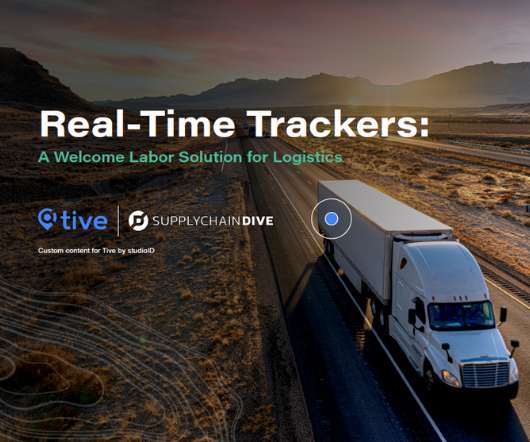The labor market is under an unprecedented squeeze, and the logistics industry has been hit particularly hard by the “Great Resignation.” According to Deloitte and The Manufacturing Institute, the labor shortage will cost the U.S. as much as $1 trillion, and 2.1 million positions could remain unfilled by 2023.
To combat the effects of the tightening labor market, agile logistics companies are focusing their efforts on adopting tools and processes that drive efficiency and help their operations’ teams tap into shared industry resources.
Among these new tools and technologies, many logistics firms are turning to shipment tracking solutions that address labor constraints by providing real-time location and condition data that allow LSPs, drivers, and receivers to do their jobs more efficiently.
This playbook explains how the right information, accessed at the right time, can help businesses across the industry work smarter (rather than harder), all while overcoming labor challenges.
Key Learnings:
- How real-time tracking solves common bandwidth challenges and allows teams to increase productivity
- Why streamlining data simplifies the logistics role
- The difference between real-time data tracking vs. passive data logging, and why the former is key to efficient operations
- Real-life case study examples of how real-time tracking helped two leading logistics providers overcome the challenges of the growing labor shortage










Let's personalize your content